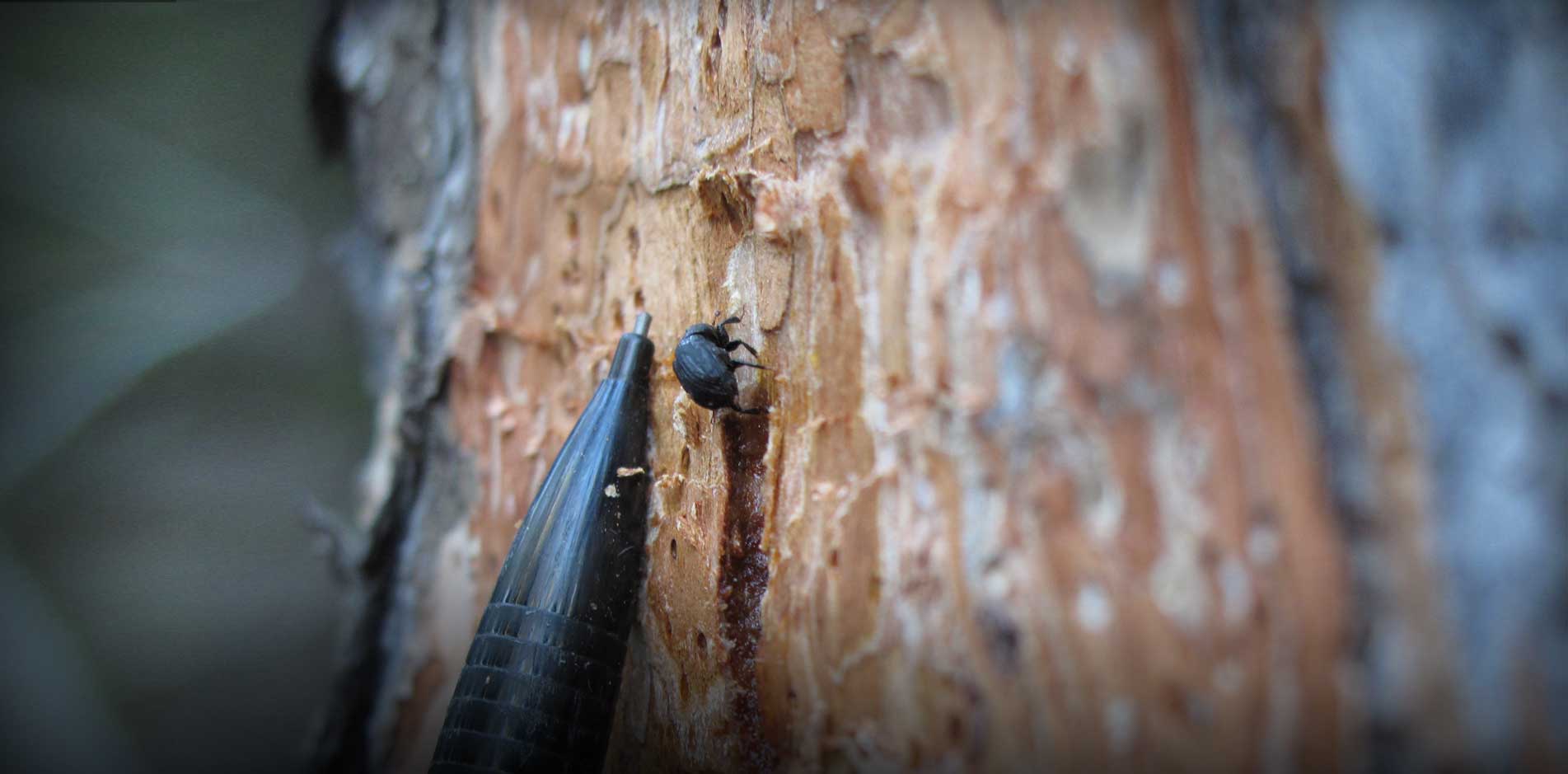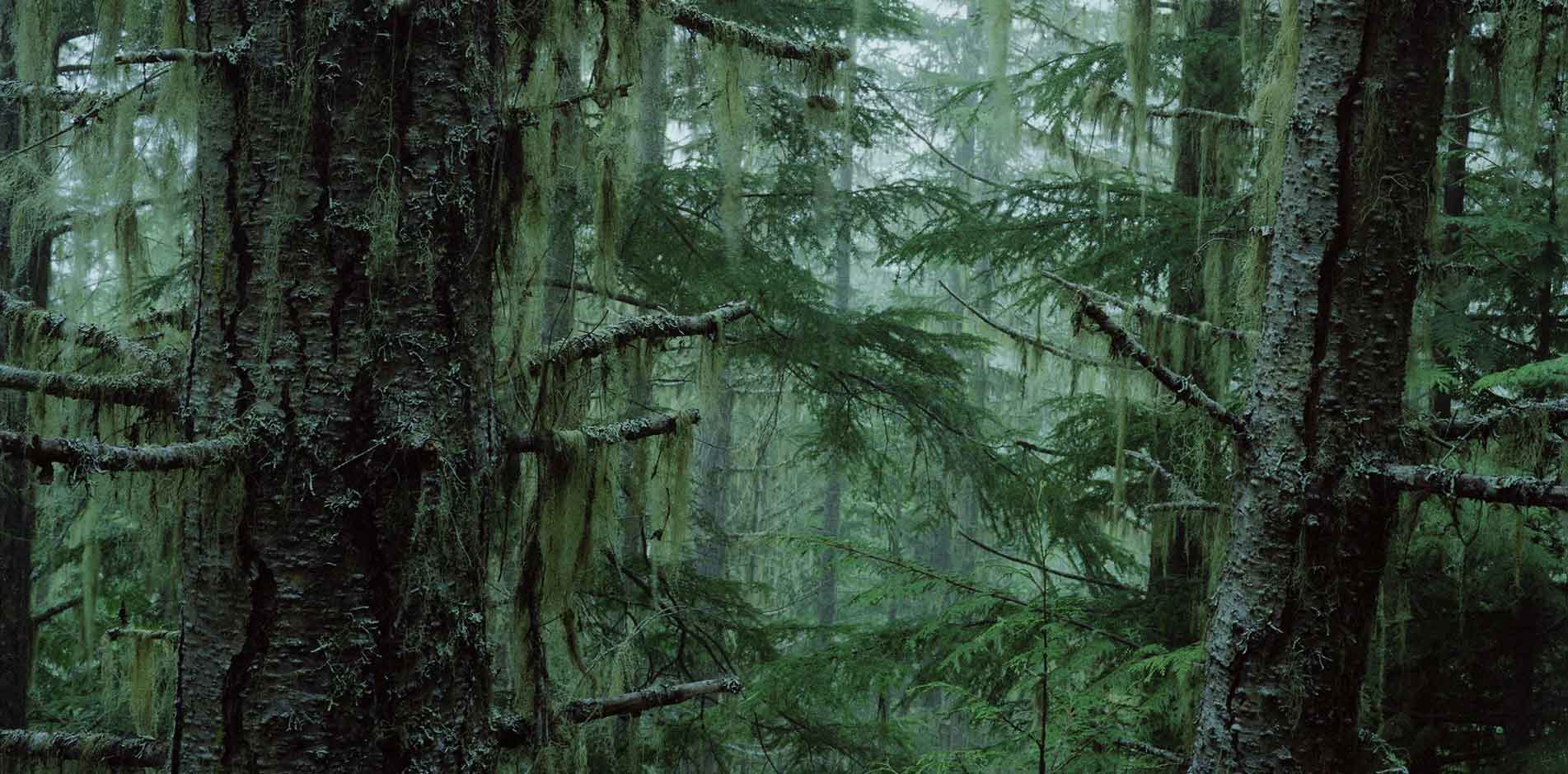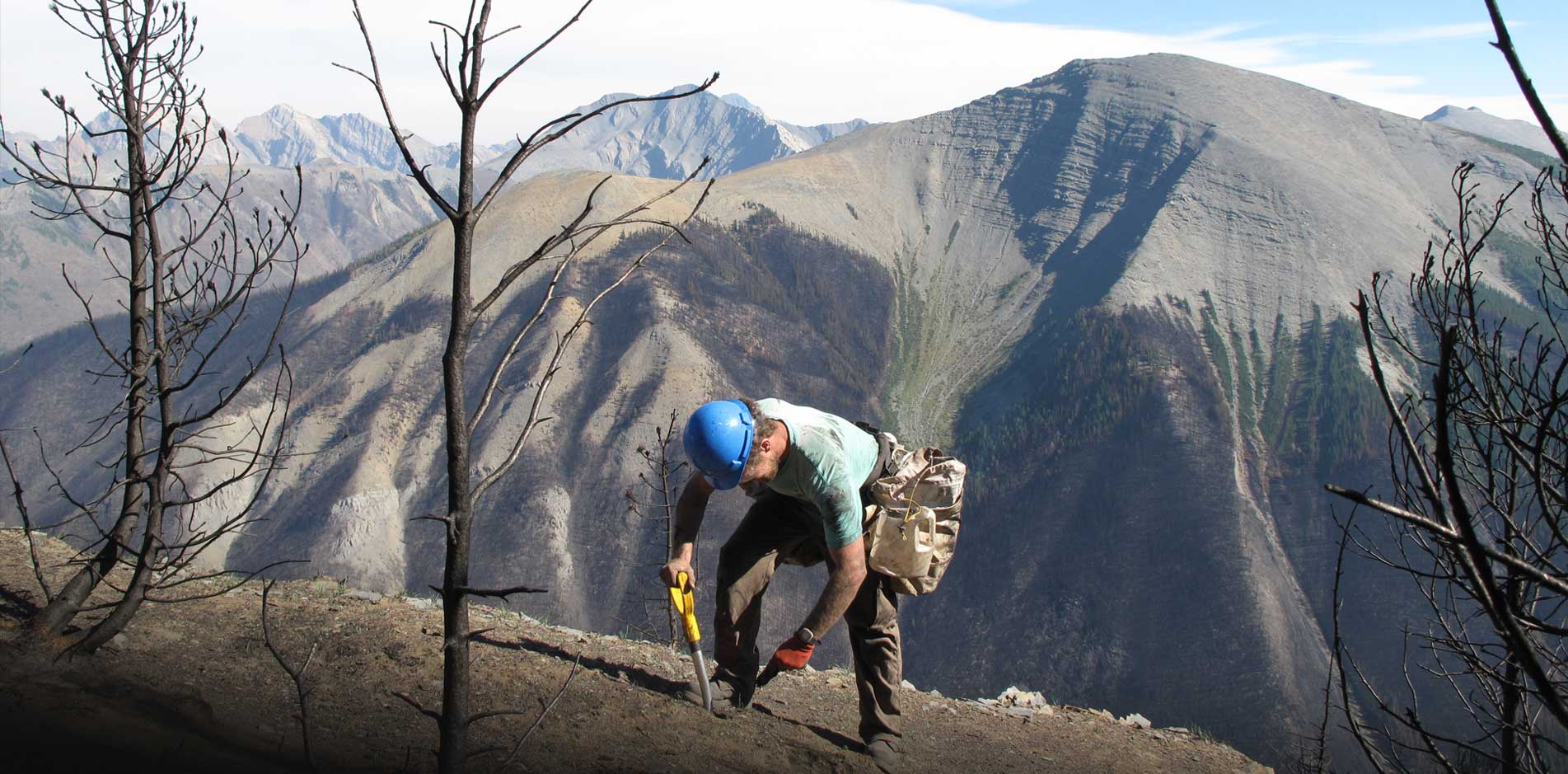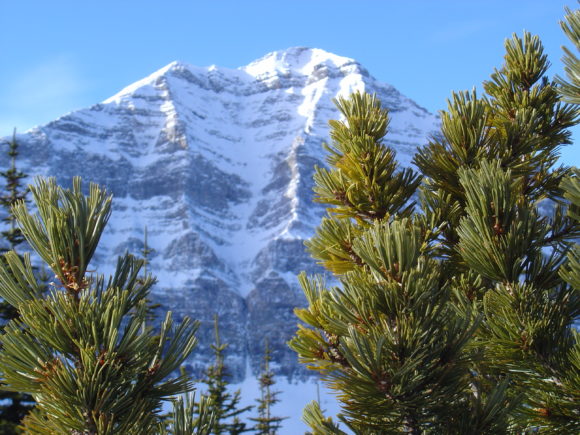We are pretty into our new gig working with Parks Canada!
In September, we were excited to collaborate with Parks Canada and provide helicopter-assist tree planting crews to selectively plant the endangered whitebark pine tree. We planted whitebark pine seedlings in Banff, Yoho, and Kootenay National Parks.
Flying in a helicopter over the Rockies to work on this project was breathtaking!
Here is some background on this special tree:
The whitebark pine (Pinus albicaulis) is a five-needled pine tree that grows in sub-alpine elevations and is an extremely important tree in our mountain ecosystems – mainly because it is a critical food source for so many animals and plays a huge role in watershed protection. These unique needles are in fascicles (bundles) of five, which are different than the lodgepole pine tree (two needles per fascicle) and the ponderosa pine (three needles per fascicle).
Whitebark pines often mark the tree line in the mountains of western North America. They are found in the subalpine of the Sierra Nevada, the Cascade Range, the Pacific Coast Ranges, and the Rocky Mountains from Wyoming northwards and is the first tree to be listed on the Canadian federal government’s list of endangered trees in western Canada under the Species at Risk Act in 2012.
Never heard of the whitebark pine? Well, if you were a Clark’s Nutcracker – you would definitely know the whitebark pine. The Clark’s nutcracker is the major seed disperser of the pine. The whitebark pine is their most critical food source…and we planted the seedlings thinking like the nutcracker – often in clusters that mimic the seed caches that are created by the Clark’s nutcracker. The trees often grow in clumps of 5-12 trees in places forgotten by the critters once the snow melts. The caches are also food sources for other birds, small mammals, and threatened grizzly bears.
Squirrels, mountain bluebirds, and northern flickers also survive on the nuts from the whitebark pine cones. (Now I know why the pine nuts in the bulk bin are so expensive! I might switch to pumpkin seeds for my pesto and save those for the birds!) Check out the photo of us holding some of the nuts still in their shells.
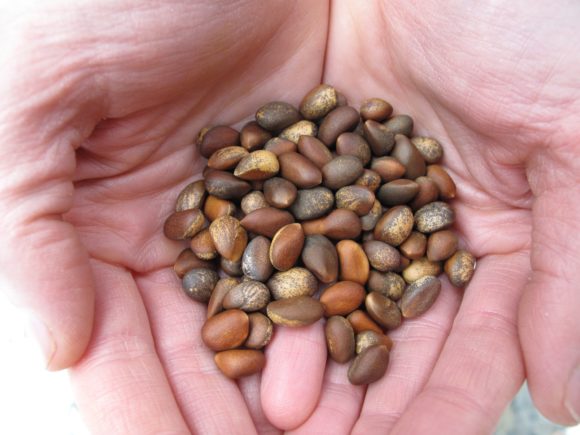
The whitebark pine is an endangered species because of the destruction caused by white pine blister rust – a fungal disease introduced from Europe that has played a role in significantly reducing whitebark pine populations.
Seeds were harvested and then propagated from healthy whitebark pines that have shown genetic resistance to blister rust. We planted seedlings from this stock. These trees will be surveyed over time to see if they too prove resistant to the disease.
Here’s hoping! We’d like to go back to check on them.
click here to read about the project
